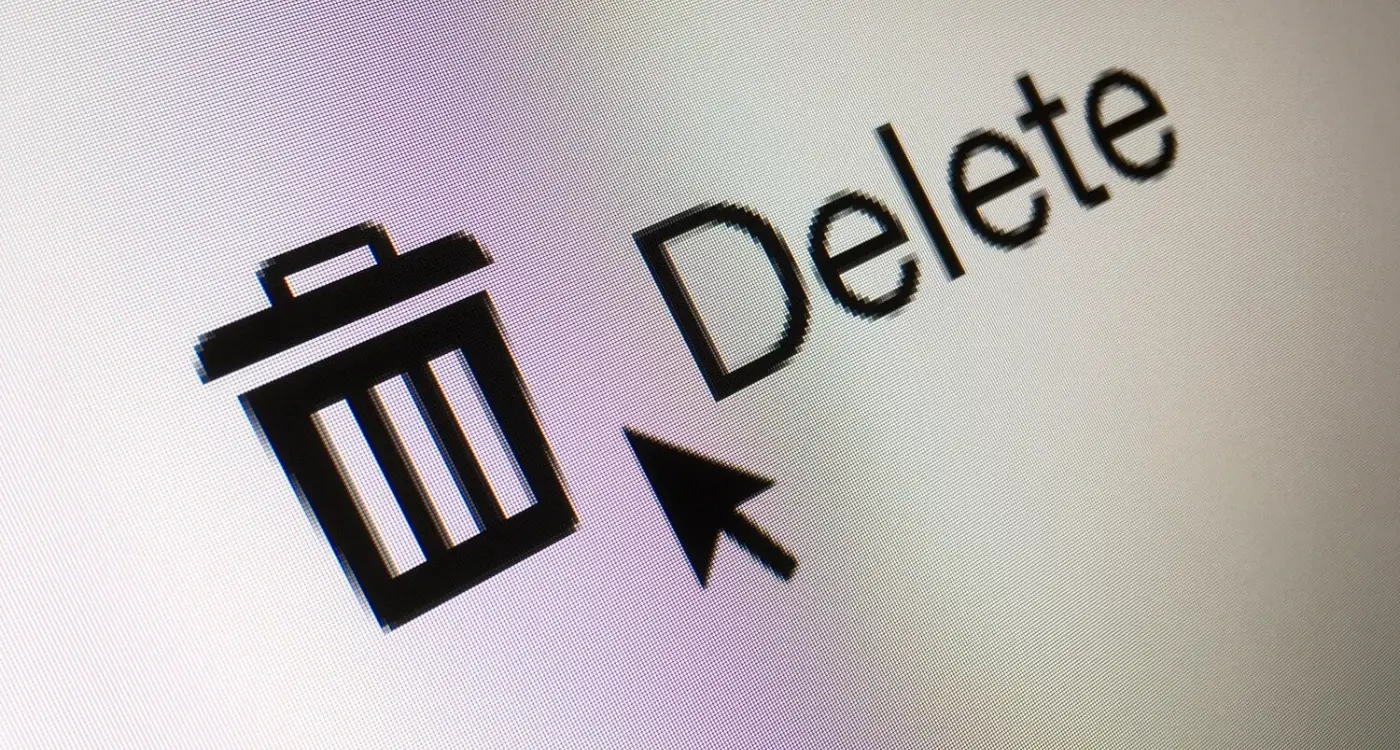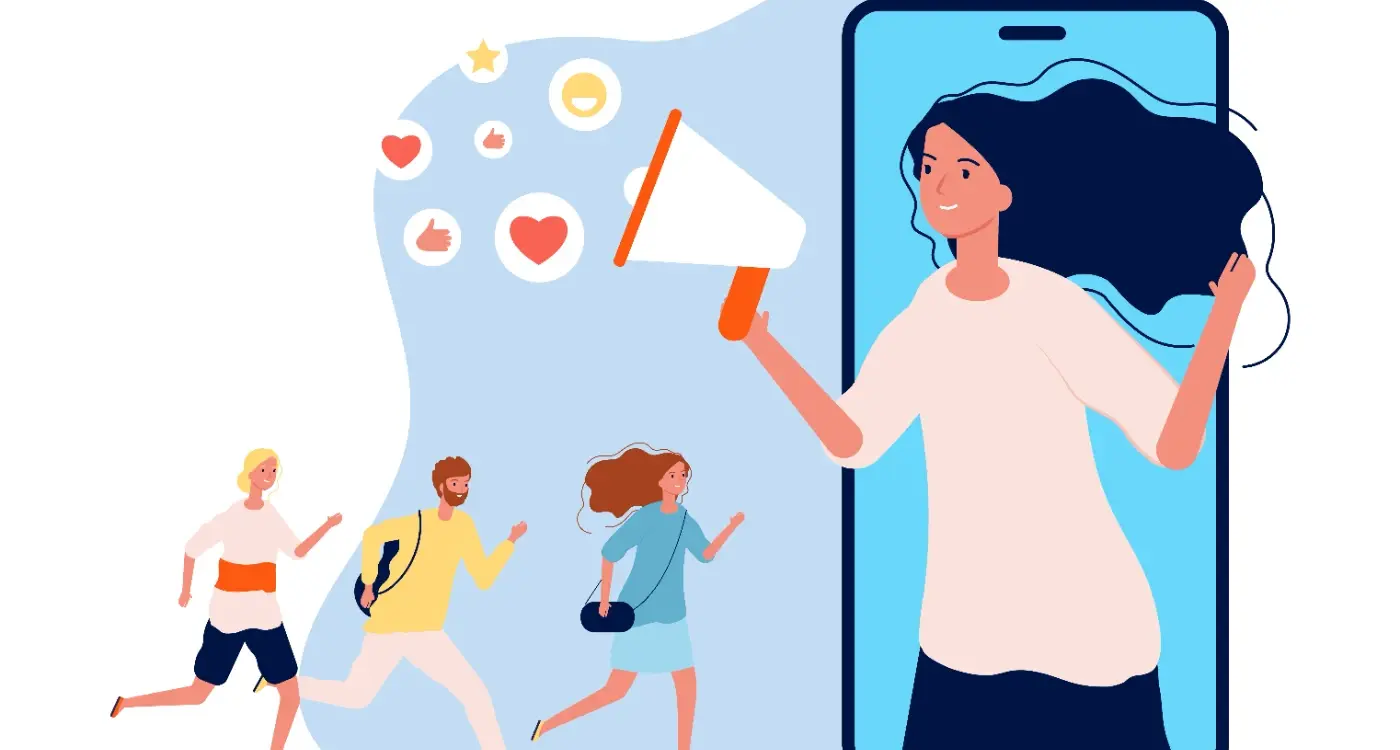How Does User Motivation Change During Onboarding?
You've spent months building your app, polished every pixel, and launched with high hopes—only to watch 80% of users disappear within the first week. Sound familiar? This isn't just bad luck; it's what happens when we misunderstand how user motivation actually works during those critical first interactions with our apps.
Most app developers think user motivation is static—that people who download your app will maintain the same level of enthusiasm throughout the onboarding process. But here's the thing: user motivation is constantly shifting, sometimes dramatically, from the moment someone taps 'install' to when they either become a regular user or delete your app forever.
The biggest mistake we make is assuming that the excitement someone feels when downloading our app will carry them through the entire onboarding process without any help from us.
After building apps for over eight years, I've noticed clear patterns in how user behaviour changes during onboarding. People don't just lose interest randomly—their motivation follows predictable peaks and valleys that we can anticipate and design for. Understanding app psychology isn't just academic theory; it's the difference between building an app that people actually use versus one that collects digital dust.
The onboarding process is where apps live or die, but it doesn't have to be a mystery. By understanding exactly how and why user motivation shifts during those first few interactions, we can design experiences that work with human psychology rather than against it. That's what this guide is all about—giving you the insights to turn those early users into long-term advocates for your app.
Understanding the Psychology Behind User Motivation
User motivation isn't some mysterious force that we can't understand—it's actually quite predictable once you know what drives people. At its core, motivation comes from three basic human needs: feeling capable, having control over our choices, and connecting with others. These aren't fancy marketing concepts; they're hardwired into how our brains work.
When someone downloads your app, they're not just looking for another piece of software to clutter their phone. They want to solve a problem, learn something new, or feel better about themselves. The tricky bit is that their motivation changes as they use your app—what excites them on day one might bore them by day seven.
The Motivation Curve
Think of user motivation as a rollercoaster rather than a straight line. People start with high excitement when they first discover your app. Then reality kicks in—they realise it takes effort to learn how everything works. This is where many users give up. If they push through this dip, their confidence starts building again as they master the basics.
The secret is understanding that motivation isn't constant. New users need encouragement and quick wins. Experienced users need fresh challenges and deeper features. Ignore this pattern and you'll watch your retention rates plummet faster than you can say "uninstall".
What Really Drives People
People don't just want apps that work—they want apps that make them feel smart, capable, and in control. This means showing progress clearly, letting users make meaningful choices, and never making them feel stupid when they make mistakes. Get this right and you'll have users who stick around for months, not minutes.
The First Thirty Seconds That Make or Break Everything
Those opening moments when someone first opens your app—that's where everything gets decided. Not in some boardroom meeting or design review, but right there on their phone screen. User motivation is at its absolute peak during these precious seconds, but it's also hanging by a thread.
People download apps with hope and expectation buzzing around their heads. They want solutions, entertainment, or connection. But here's what happens: they open your app and within seconds—literally seconds—their brain starts making judgements. Is this worth my time? Does this look trustworthy? Can I figure out what I'm supposed to do next?
The Psychology of First Impressions
Your users arrive with what we call 'motivated curiosity'—they're genuinely interested but also slightly sceptical. App psychology tells us that during onboarding, people are simultaneously excited about possibilities and worried about wasting their time. This creates a unique psychological state where small friction points feel massive.
Think about user behaviour during these opening moments. People aren't reading carefully; they're scanning and reacting emotionally. A confusing interface doesn't just slow them down—it triggers doubt about whether they made the right choice downloading your app at all.
Keep your opening screen simple and focused on one clear action. Users should know exactly what to do within three seconds of opening your app.
What Kills Motivation Instantly
Slow loading screens are motivation killers. So are permission requests that appear before users understand your app's value. The onboarding process should feel like a natural conversation, not an interrogation. When we respect users' time and intelligence during these opening moments, we protect that precious initial motivation and channel it towards engagement.
When Excitement Meets Reality
Right after those first thirty seconds, something interesting happens. The initial buzz starts to wear off and users begin to see what your app actually does—not what they hoped it might do. This is where the rubber meets the road, and frankly, it's where most apps lose people.
Users arrive with expectations based on your app store listing, maybe a recommendation from a friend, or just their own wishful thinking. But now they're faced with the real thing. The interface might not be quite as intuitive as they expected. The features they wanted most aren't immediately obvious. The whole experience feels a bit more complicated than they bargained for.
The Reality Check Moment
This moment is make-or-break for user retention. Some people will stick around and give your app a proper chance—these are usually the users who really need what you're offering. Others will start looking for the exit. The trick is making this transition as smooth as possible without overselling what you can deliver.
We've noticed that users who make it past this stage tend to have realistic expectations from the start. They understand that good things take a bit of effort to master. The users who bounce? They were probably looking for something your app was never designed to be.
Common Reality Check Triggers
- The signup process takes longer than expected
- Core features require permissions they don't want to give
- The learning curve is steeper than anticipated
- The app asks for payment information earlier than hoped
- Social features require inviting contacts or friends
The key here is honesty. Don't try to hide the complexity or pretend your app is simpler than it is. Instead, help users understand why certain steps matter and what they'll get in return for their patience.
The Learning Curve Dip
Right after that initial excitement wears off—and it always does—users hit what I call the learning curve dip. This is where user motivation takes a proper nosedive, and frankly, it's where most apps lose people for good. You know that moment when someone downloads your app, plays around with it for a few minutes, then suddenly realises they actually have to learn how to use it properly? That's the dip.
The psychology here is pretty straightforward. People want results fast, but most apps require at least some investment of time and mental energy to master. When users realise your fitness app needs them to input their meals every day, or your budgeting tool requires them to categorise their spending, motivation drops like a stone. They're no longer riding that initial wave of enthusiasm—now they're facing the reality that this thing requires effort.
When Effort Meets Expectations
What makes this phase so tricky is that users haven't yet experienced the real value your app provides. They're stuck in this awkward middle ground where the novelty has worn off but the benefits haven't kicked in yet. During onboarding process design, many developers forget that user behaviour changes dramatically during this period. People become impatient, easily frustrated, and quick to abandon ship.
The moment users realise your app requires work is the moment you either lose them forever or turn them into loyal advocates
The key to surviving this dip lies in understanding that user motivation isn't just about making things easy—it's about making the effort feel worthwhile. App psychology tells us that people will work for rewards they believe in, but only if they can see progress happening. Smart onboarding acknowledges this dip exists and builds bridges across it rather than pretending it won't happen.
Building Confidence Through Early Wins
After users push through that initial learning curve dip, something interesting happens—they start looking for proof that they made the right choice. This is where early wins become absolutely critical for maintaining motivation during onboarding.
Think of early wins as small victories that users can achieve quickly and easily within your app. These aren't major milestones; they're simple accomplishments that make people feel good about using your product. Maybe it's completing their first task, receiving a welcome message, or seeing their profile come together nicely. The key is making these wins feel meaningful without requiring too much effort.
Timing Your First Victory
The timing of these early wins matters more than most people realise. Users need to experience success within their first few interactions—not after they've spent twenty minutes figuring things out. If someone downloads a fitness app, let them log their first workout immediately rather than forcing them through five setup screens first. That sense of progress builds momentum.
What makes an early win effective isn't its size; it's the feeling it creates. Users should feel like they're moving forward and making progress. They want to believe that sticking with your app will pay off, and these small victories provide that evidence.
Making Progress Visible
Here's something that works well—show users exactly what they've accomplished. Progress bars, completion badges, or simple tick marks can transform routine actions into satisfying achievements. When someone sees "Profile 80% complete" it creates a natural desire to finish the job.
The goal isn't to manipulate users with fake achievements. It's about helping them recognise the real progress they're making, which builds genuine confidence in both themselves and your app.
The Habit Formation Stage
This is where things get really interesting from a user behaviour perspective. Your users have made it through the initial learning phase, they've had a few wins, and now they're starting to use your app more regularly. But here's the thing—they're not quite at the automatic behaviour stage yet. They still need to think about opening your app.
During this stage, user motivation shifts from excitement-driven to routine-driven. People aren't opening your app because it's new and shiny anymore; they're opening it because it serves a genuine purpose in their daily life. This is both good news and bad news. Good because it means your app has proven its value. Bad because motivation based on routine is more fragile than you might think.
The Psychology of Forming New Habits
App psychology research shows us that habit formation happens in three parts: the trigger, the action, and the reward. In your app, the trigger might be a push notification or a specific time of day. The action is using your app. The reward is whatever benefit they get from it—whether that's entertainment, productivity, or social connection.
The tricky bit is that during this stage, users are still deciding whether your app deserves a permanent place in their routine. They might use it for a week straight, then forget about it for three days. This inconsistency is completely normal but can be nerve-wracking if you're watching your analytics.
Focus on consistency over intensity during the habit formation stage. It's better to have users engage with your app briefly every day than for hours once a week.
Building Sustainable Usage Patterns
The key during this phase is making your app feel indispensable rather than optional. This means the onboarding process needs to help users integrate your app into their existing routines, not create entirely new ones. People are creatures of habit, and asking them to completely change their behaviour is a tall order.
Maintaining Long-Term Engagement
Right, so you've got users past the initial hurdles—they've downloaded your app, completed onboarding, and started forming habits. But here's where things get tricky. Keeping people engaged for months or even years? That's a completely different challenge altogether.
Most apps lose users gradually over time, and it's not always because the app is bad. People's needs change; their phones get cluttered; they simply forget your app exists. The motivation that drove them to download your app in the first place starts to fade unless you actively work to maintain it.
The Content Refresh Challenge
Users need reasons to keep coming back. Fresh content works brilliantly for some apps—think social media or news apps. But not every app can rely on user-generated content or breaking news. You need to find what works for your specific app and audience.
Push notifications can help, but they're a double-edged sword. Send too many and people will delete your app faster than you can say "engagement rates". Send too few and they'll forget you exist. Finding that sweet spot takes time and testing.
Building Long-Term Value
The apps that succeed long-term solve real problems consistently. They become part of users' routines because they genuinely make life easier or better. This means your app needs to evolve with your users' changing needs whilst staying true to its core purpose.
Here are the key strategies that actually work for long-term engagement:
- Regular feature updates based on user feedback
- Seasonal content or functionality changes
- Personalised experiences that improve over time
- Community features that connect users
- Rewards or achievements for continued use
- Integration with other apps or services users already love
Long-term engagement isn't about tricking users into staying—it's about continuously earning their attention by providing genuine value. The moment you stop being useful is the moment they'll find something better.
Conclusion
Understanding how user motivation shifts throughout the onboarding process isn't just academic theory—it's the difference between an app that thrives and one that gets deleted after a few days. We've explored how users start with high expectations, face reality checks, struggle through learning curves, and hopefully emerge as engaged, habitual users.
The pattern is predictable once you know what to look for. Users arrive excited but impatient; they want value immediately but don't want to work too hard for it. They'll forgive a few bumps if you can deliver early wins that make them feel smart and capable. Miss that window though, and they're gone—probably forever.
What strikes me most about app psychology is how fragile those early moments are. You might spend months perfecting features that users will never see if you can't get the first experience right. That's why mapping user motivation throughout onboarding isn't optional anymore; it's table stakes for any serious app.
The good news? Once you understand these motivation patterns, you can design around them. You can anticipate where users will struggle and build support systems. You can identify where confidence naturally dips and create moments of triumph. You can spot where habits form and reinforce them.
Every app is different, but user behaviour follows surprisingly consistent patterns. The apps that succeed are the ones that work with human psychology rather than against it. They make the hard parts feel easy and the easy parts feel rewarding.
Share this
Subscribe To Our Learning Centre
You May Also Like
These Related Guides

What Role Do Tutorials Play In Effective App Onboarding?

What Makes Users Delete Apps Within the First Week?



